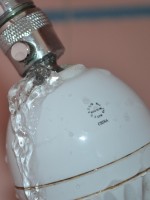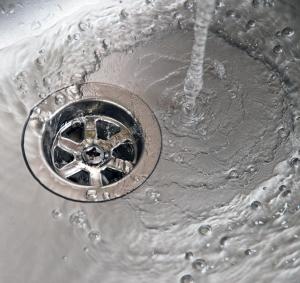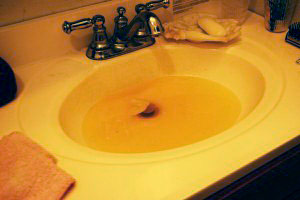Rattling pipes are generally an uh-oh waiting to happen, but exactly what type of plumbing repair you might need depends on decoding the sounds coming from the pipes. The problem could be as simple as your pipes not being properly secured or fastened in the cellar. The pipes should be secured at every other floor joist. Okay, so we checked the pipes and they are secure. What else could the problem be It depends on what you hear.
Break Down the Sound:
A hammering rattle That probably means a washer is loose in a shut-off valve or a faucet. The washer will vibrate when water is going through it. More of a humming noise The loose washer could be in an older ballcock. Loose washers are probably the most common cause of rattling pipes. They can be frustrating and hard to track down but with patience, that irritating rattling can be quickly repaired.
Banging pipes when you turn the water off It’s time to check your water pressure. For a residence, 45-50 lbs of water pressure is good. A higher number than that is going to be hard on faucets. Most people nowadays have thermal expansion tanks (ST-5s or ST-12s) above their water heaters. They help with hammering caused by the electronic water valves found in ice makers, washing machines, and dishwashers. Because of the backflows that water companies have put on at the meter, it’s critical that the excess pressure caused by these devices is relieved and going into your expansion tank.
Another possible plumbing repair that can cause the water pressure to be too high is if there is a malfunction in the pressure-reducing valve. The pressure-reducing valve is at the water meter. In newer houses, it’s in front of the water meter on the street side. In older homes, it may still be after the water meter. The pressure-reducing valve takes high water pressure, anywhere from 75-150 lbs, and reduces it back to 45 lbs. Installing one of these is standard protocol in home construction/renovation so every home should have one of these. The homeowner is responsible from everything from the curb box to the house besides the water meter so this is up to you and your trusty plumber to maintain.
So how do I keep an eye on my thermal expansion tank since it’s so important Good question! Periodically take the cap off the side of it. Inside the blue or red cap is a Schrader Valve. When you press the valve a tiny burst of air should come out. If you press that valve and water comes out that means your tank’s bladder has burst and the expansion tank is no longer working. This can squash the flue on your water heater. If you press the valve and nothing comes out this means the bladder has wrapped around in there and has probably also burst. When that happens, you will eventually spring a leak and have rusty water on the hot side. Then it’s time for another plumbing repair.
Bottom line – don’t ignore the noise, let your plumber help you solve the mystery lurking in your pipes. Contact Wilbur Henry, the plumbing experts who can help restore peace and quiet to your home.






 cleaning agents use Sulphuric Acid. Combining Hydrochloric and Sulphuric Acid is a great way to cause a pretty dramatic explosion. If you use Draino and it doesn’t work, call a plumber. We have seen dozens of customers have bad, even dangerous, results from layering chemicals.
cleaning agents use Sulphuric Acid. Combining Hydrochloric and Sulphuric Acid is a great way to cause a pretty dramatic explosion. If you use Draino and it doesn’t work, call a plumber. We have seen dozens of customers have bad, even dangerous, results from layering chemicals.